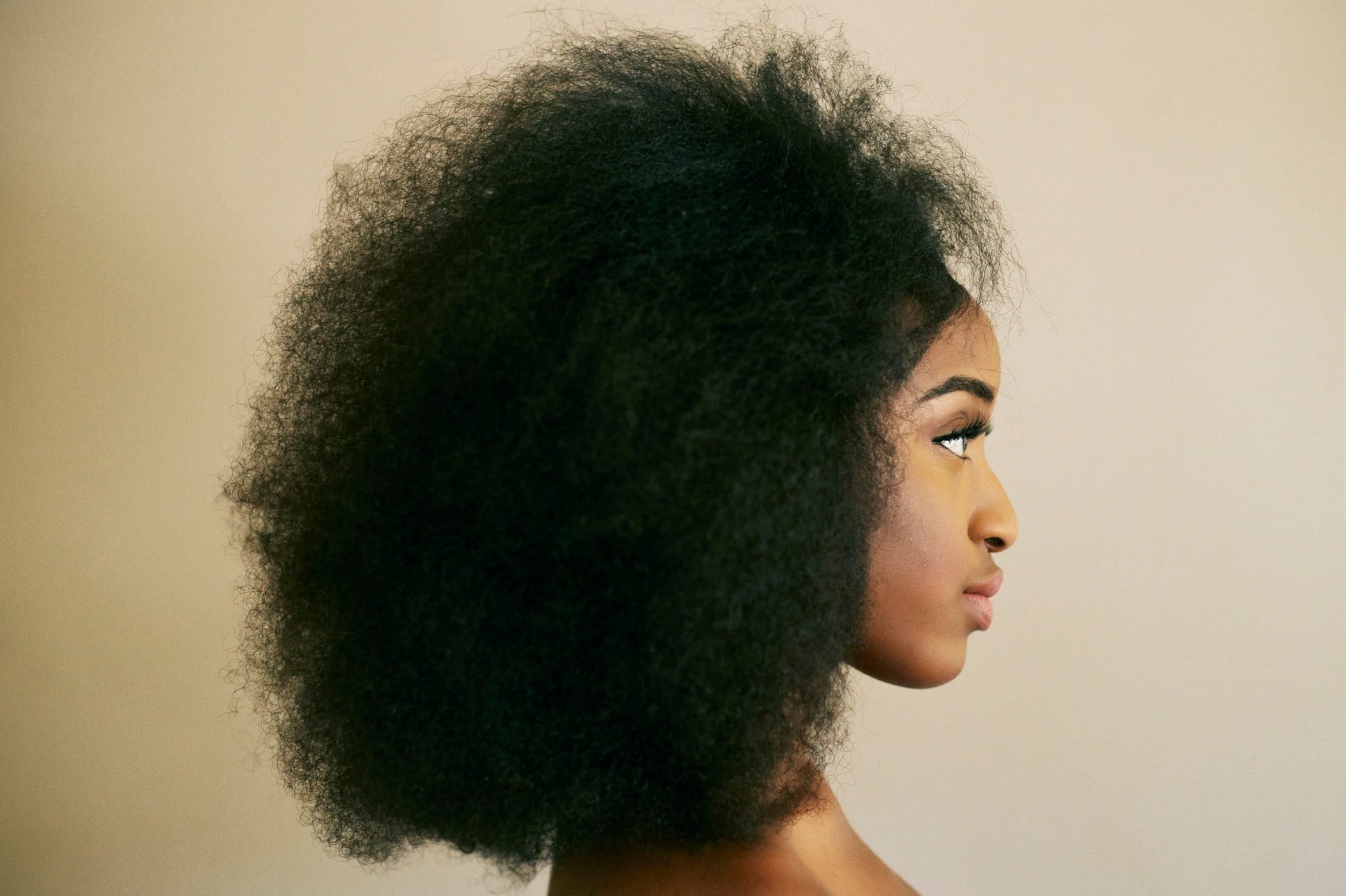
Her crowning glory
There’s a popular phrase adapted from 1 Corinthians 11:15 that has been adapted and oft-repeated throughout the diaspora, “a woman’s hair is her crowning glory.” The phrase and meaning behind it is something taught from a young age to Black girls around the world, a way to encourage us to appreciate, understand, and celebrate growing healthy hair. The truth is that society at large reveals so many ways of trying to control or minimize the understanding and appreciation of natural, Black hair, and it is part of a historical pattern. There has long been an attempt to restrict natural expressions of Black beauty—and resistance to it. From the Tignon laws and Madame C..J. Walker to the CROWN Act of 2020, let’s look back to understand the deep roots of society’s preoccupation with regulating Black hair.

Black hair = Black history
For our ancestors, pre-slavery hairstyles were frequently more about conveying a message than mere personal expressions of style. In African traditions, hairstyles were often elaborate, ornate, and intricately adorned. Hair was used as a cultural signifier in a variety of ways. There were hairstyles for mourning, for battle, and to indicate social status. According to hair historian and author of Hair Story: Untangling The Roots of Black Hair in America Lori Tharps, “Just about everything about a person’s identity could be learned by looking at the hair…What’s more, many believed that hair, given its close location to the skies, was the conduit for spiritual interaction with God.”
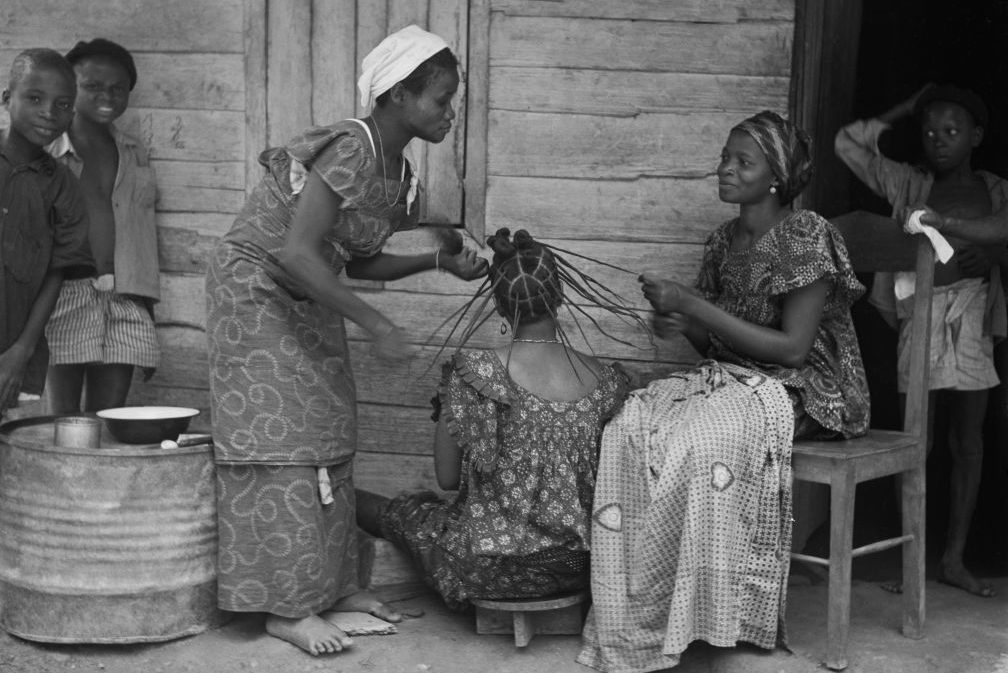
Hair as survival
During the 17th and 18th centuries in the Americas, intricate hairstyles became a saving grace and window to survival in a punishing new world. In fact, braids allowed enslaved women to hide seeds and rice into their hair, bringing ways of sustenance across the Middle Passage (the journey slave trips made from West Africa to the West Indies). In Colombia in the time of slavery, from the 1600s to 1800s, specific braided hairstyles were used to indicate the desire for freedom and even the very roads to be used for escape routes, all secretly hidden in plain sight from the oppressors that sought to punish and restrict them.

The Tignon Laws
In Louisiana, control over Black hair began in earnest with the Tignon Laws of 1786. This was an intentional law enacted by Governor Miro of New Orleans, intended to prohibit women of color from “displaying excessive attention to dress.” The decree meant that Black women had to wear their hair covered with a scarf or head kerchief. To make a statement and flout these restrictions, women began elaborately adorning their headwraps in beautiful fabrics, studded with jewels. To this day, headwraps and hair adornments remain popular, strong style statements in the Black community.
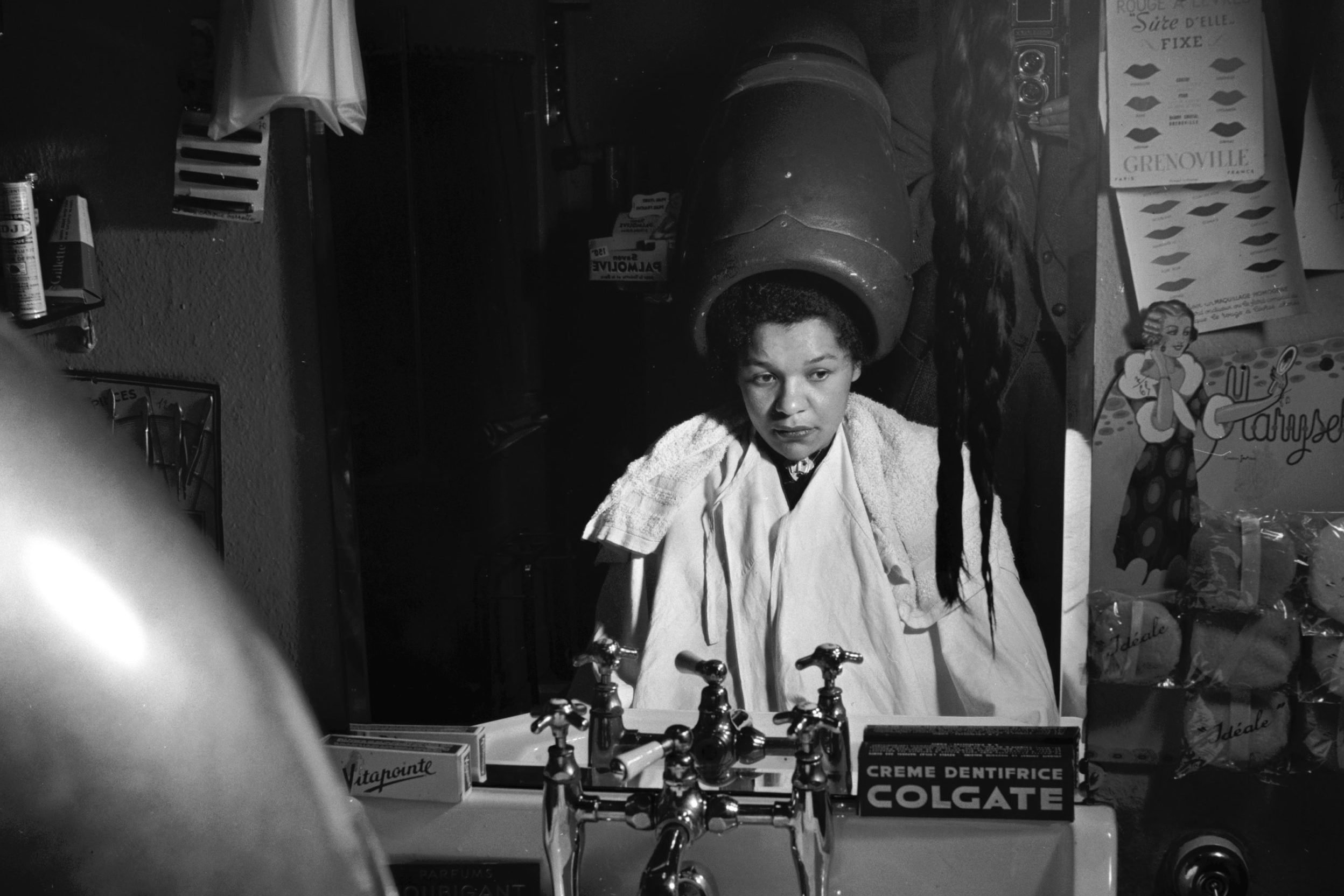
The golden years of hair straightening
Using a hot pressing comb to straighten kinky or curly hair became a practice in the 1800s that continues to this day. Tools, chemicals, products, and pomades that promised to flatten, smooth, detangle, or magically grow Afro-textured hair became extremely popular and helped to create legacies for millionaire entrepreneurs like Madame C.J. Walker and Annie Turnbo Malone. Hair straightening is a practice that many people around the world still choose to do, however, sales of chemical relaxers started declining dramatically in 2008 and continue to trend downwards. Hair straightening now is considerably less damaging to natural, coily hair than it used to be, thanks to improved technology in terms of hair tools and heat-protecting products. Find out why one woman refuses to straighten her natural Black hair.
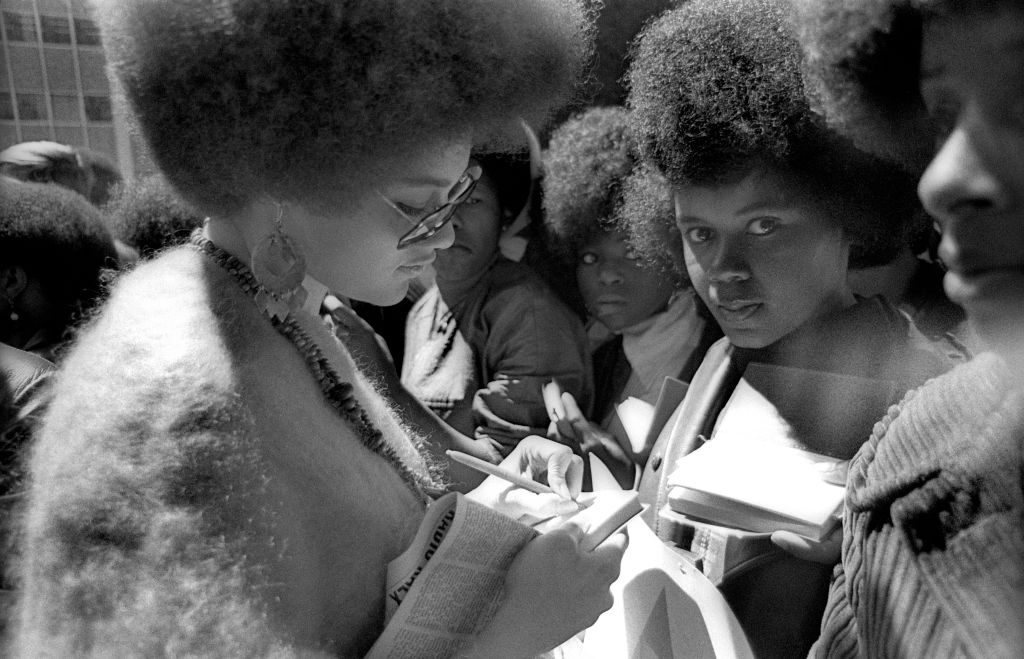
The natural hair movements of the 1960s and 70s
The Black is Beautiful movement began in the late 1960s and continued into the 70s, fueled by the popularity of the Black Panther Party, musicians like Nina Simone, and activists like Kathleen Cleaver and Angela Davis. Full, round afro hairstyles became a style and political statement. By the 1970s, Soul Train had made afro hairstyles aspirational, featuring a variety of dancers on television rocking enormous fros and intricate braided styles. The program was sponsored by Afro Sheen and featured advertising for some of the first products geared for natural hair textures. Back then, people rocked huge afros with blowout kits or wigs, to achieve the lofty height and symmetrical volume desirable at the time.

Natural hair goes online
The natural hair movement dissipated in the 1980s and 1990s, with the rise of Jheri curls, perms, and home relaxer kits. Then, thanks to the Internet, the natural hair movement sparked online again in the 2000s and into 2010s. It began with forums like Nappturality, Naturally Curly, and FOTKI, continued with early natural hair blogs like Motown Girl and Afrobella (the author’s blog), and increased in 2008 with the launch of Black Girl with Long Hair and Curly Nikki. The advent of YouTube ushered in the era of popular natural hair vloggers like KimmayTube, BlackOnyx, Ms. Vaughn, and Naptural85. The pressure to fight natural hair texture and wear more Eurocentric styles lessened over time with more diverse role models emerging on television, in movies, and online.
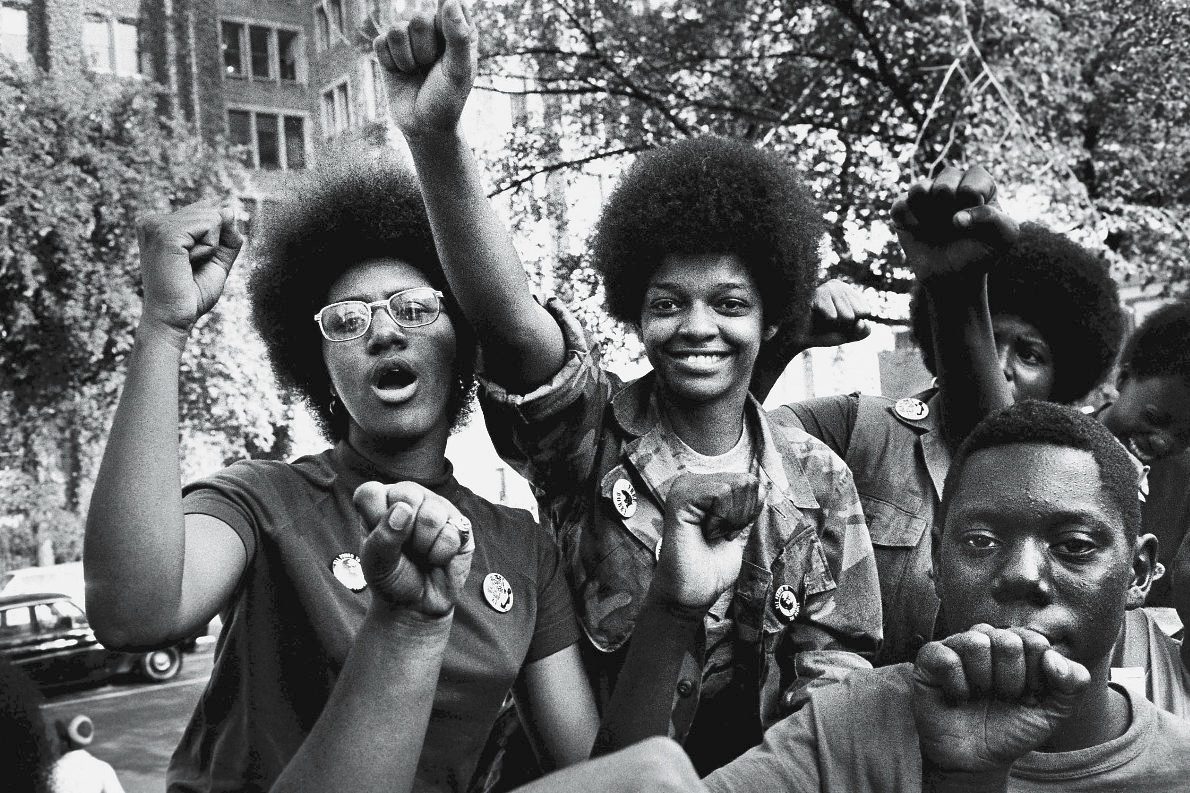
Oppression and microaggressions
Attempts to control and discipline Black hair have existed since before emancipation, but too many of these stories crop up today in everyday life, in our workplaces and schools. People who wear their hair in natural afro-textured styles commonly experience microaggressions, like being asked by strangers or acquaintances if they can touch their hair, or receiving uninvited comments about the length, texture, cleanliness, or appearance of natural hair. Too many also deal with macro aggressions and natural hair oppression in society. This can come in the form of denying employment to job applicants with natural hairstyles or threatening punishment at schools for the way someone wears their hair. This sounds antiquated, but incidents like this still happen around America and the rest of the world.
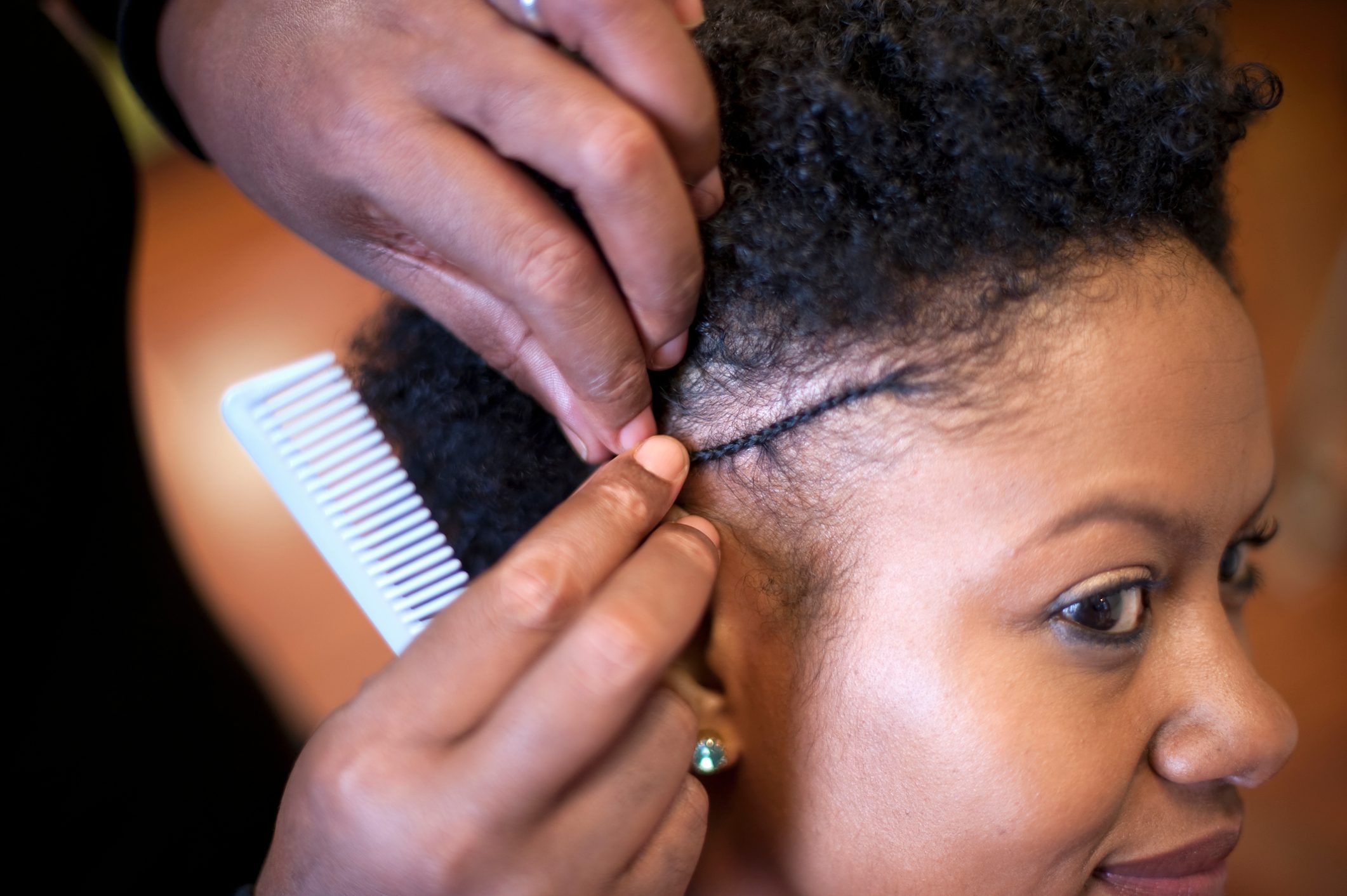
You can’t always get what you want
So many Black women have had to learn how to make their own hair products, or use natural ingredients that multi-task between kitchen use and personal grooming. The natural hair product world has come a long way, but availability still remains an issue. Felicia Leatherwood, a celebrity natural hairstylist and creator of the Brush With the Best detangler brush for natural hair, tells Reader’s Digest, “There are more products in terms of what to choose from, but that isn’t true in every store and it also depends on where you live. But we need to see Black beauty and natural hair represented everywhere.” These aspects of the natural hair struggle remain pervasive.
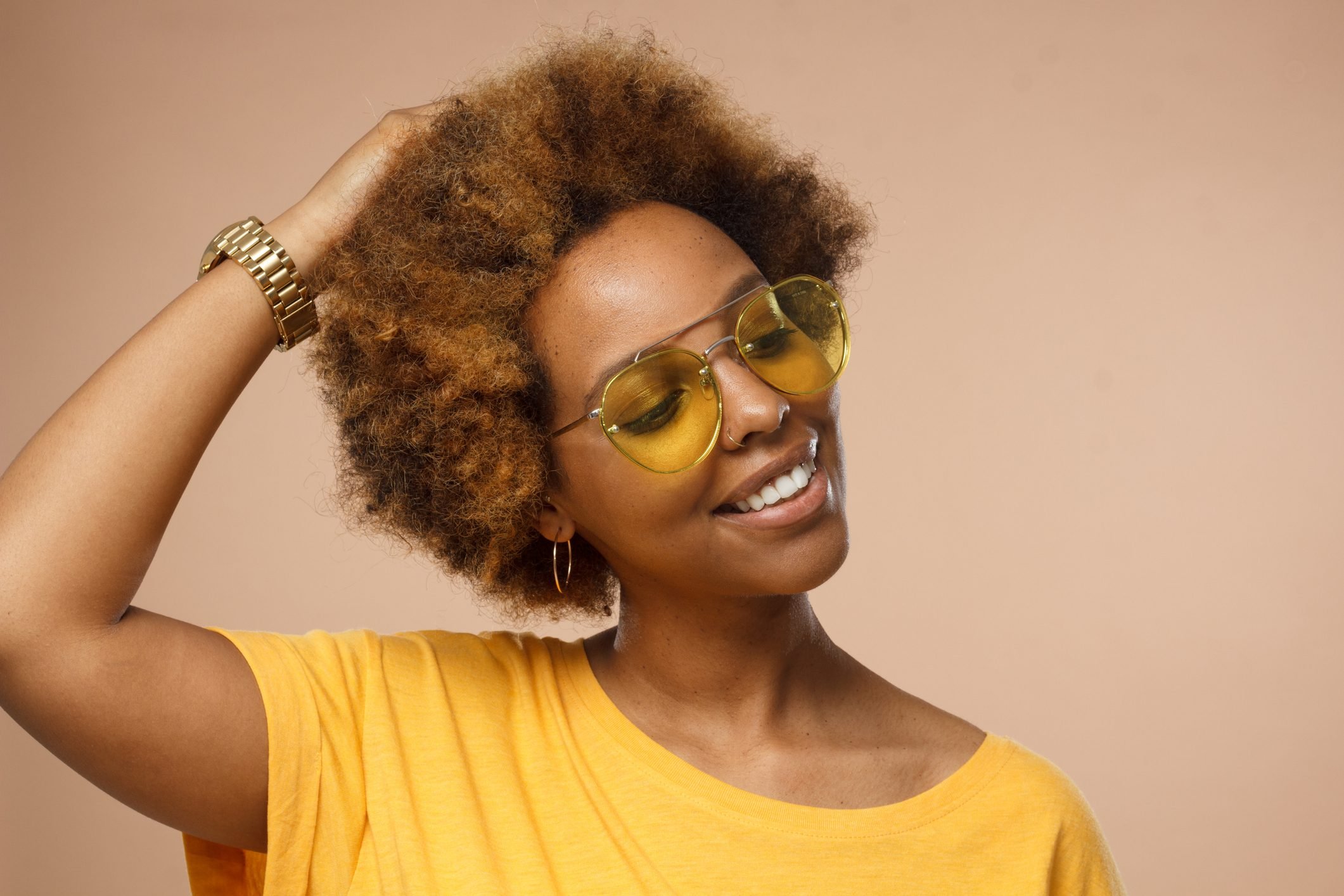
All textures are beautiful
Anu Prestonia began styling hair and focusing on natural afro-textured hair in 1978; her famous salon, Khamit Kinks, was a natural hair mecca in Brooklyn for 40 years before it closed its doors in 2018. On the topic of appreciating the texture, growth, and beauty of unembellished Black hair as it grows naturally, Prestonia tells Reader’s Digest, “For 40 years I had a salon that taught women to embrace their natural texture; today, the natural hair world seems more like an evolution than a revolution, like in the 60s and 70s,” she recalls. “In the 2000s to now, (my hair clients) started to change. They didn’t want twists or cornrows. They wanted to wear their natural hair out,” she says. Today, she says she sees a preference for loose curls or if it’s kinky curls, a stated desire for big, long hair.
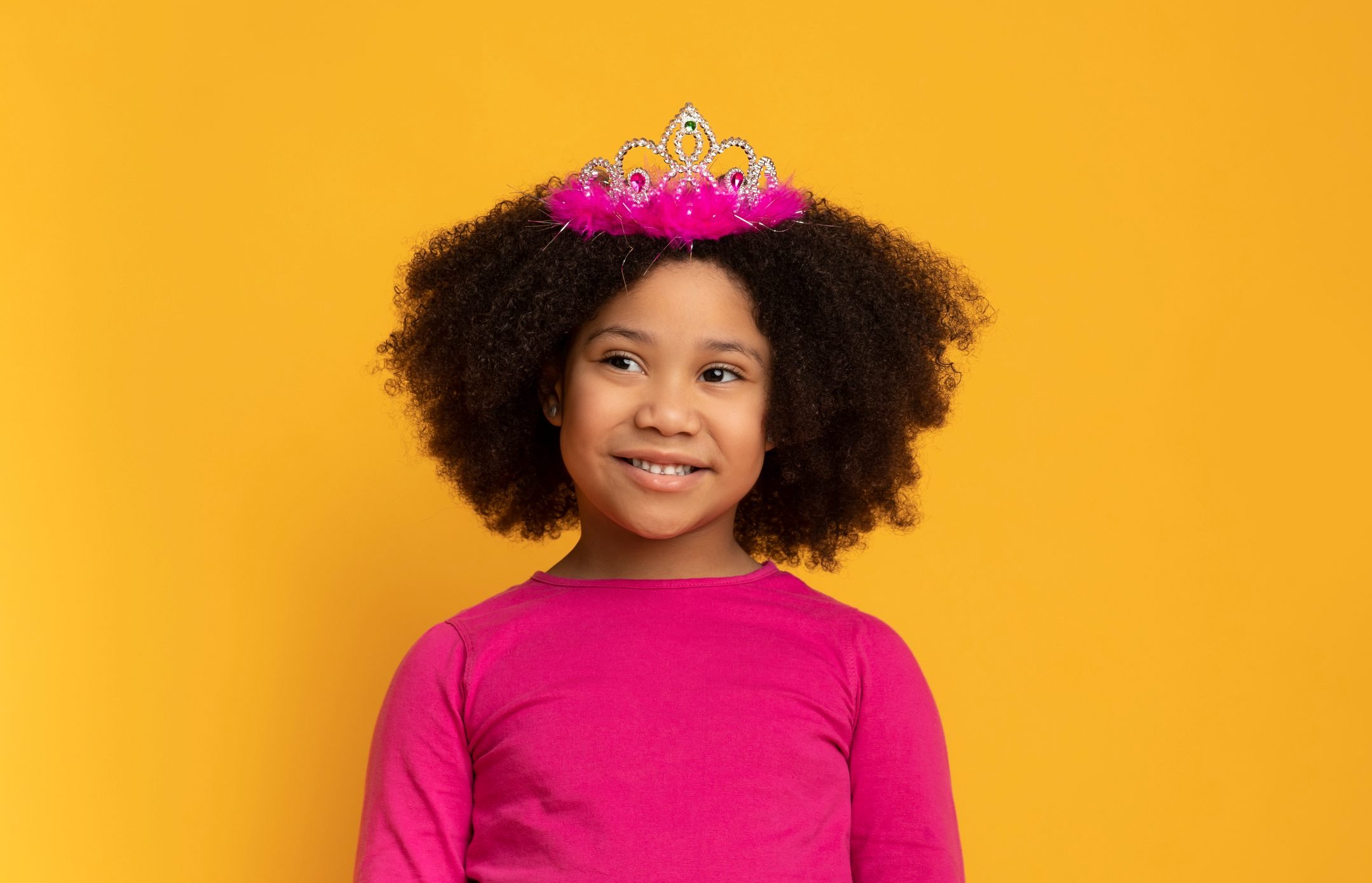
It’s time for the Crown Act
In 2020, there is no shortage of inspiration for Black hairstyles to admire or emulate. Thanks to social platforms like Instagram and YouTube, we control our own narrative when it comes to the depiction of our beauty. Now there is no shortage of representation, yet too often discrimination continues. In response to this, the Crown Coalition created the CROWN Act. The Crown Coalition is founded by Dove, the National Urban League, Color of Change, and the Western Center of Law and Poverty. CROWN stands for Creating a Respectful and Open World for Natural Hair, and the intention is to ensure protection against discrimination on race-based hairstyles. California was the first to pass the law, in 2019. As of July of this year, seven states have passed similar laws banning natural hair discrimination. In September 2020, the U.S. House of Representatives passed its own version; it’s now in the hands of the Senate. Next, take a look at these Black-owned beauty products you should really own by now.
Sources:
- Felicia Leatherwood, celebrity natural hairstylist and creator of the Brush With the Best
- Anu Prestonia
